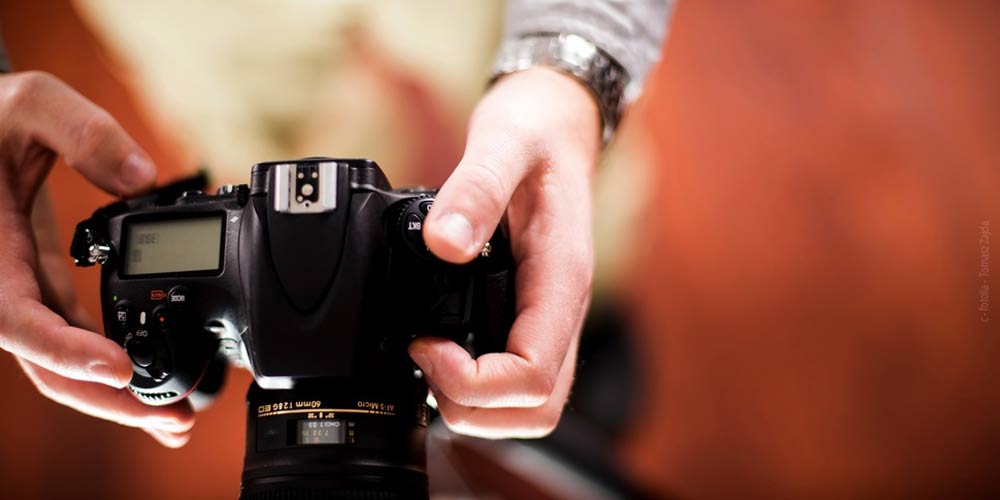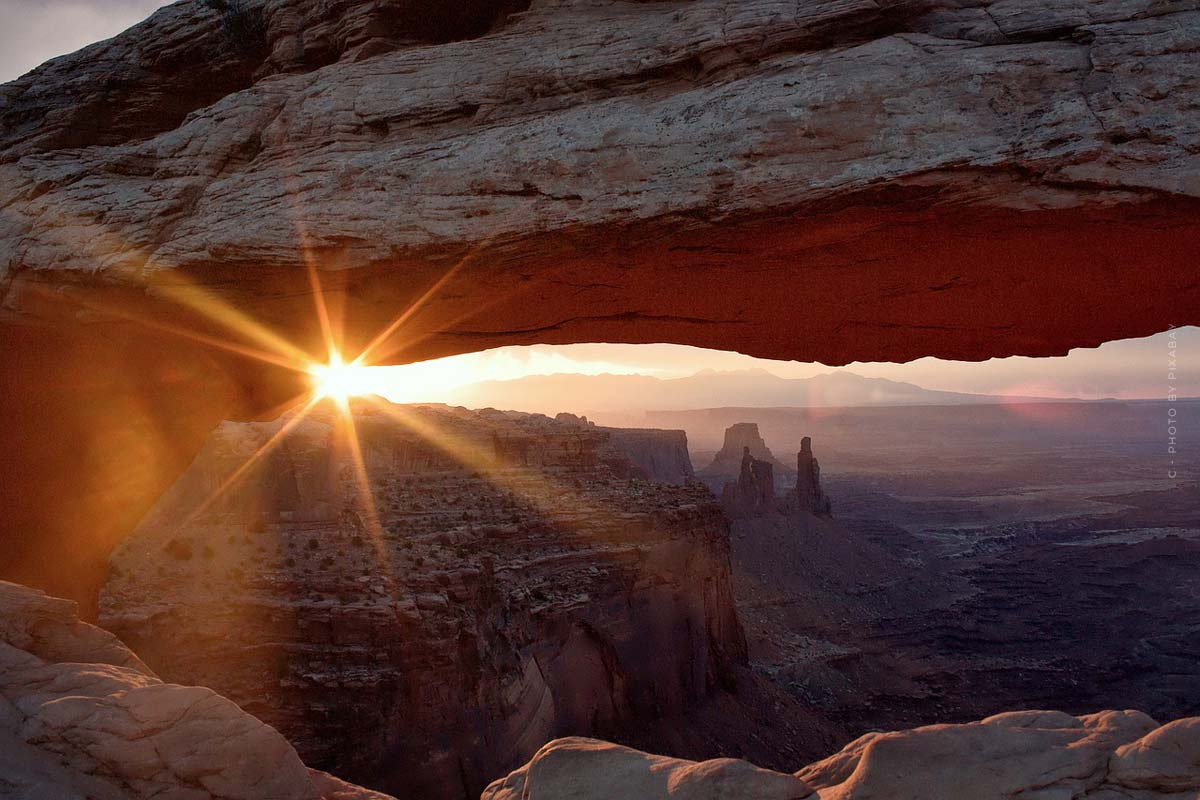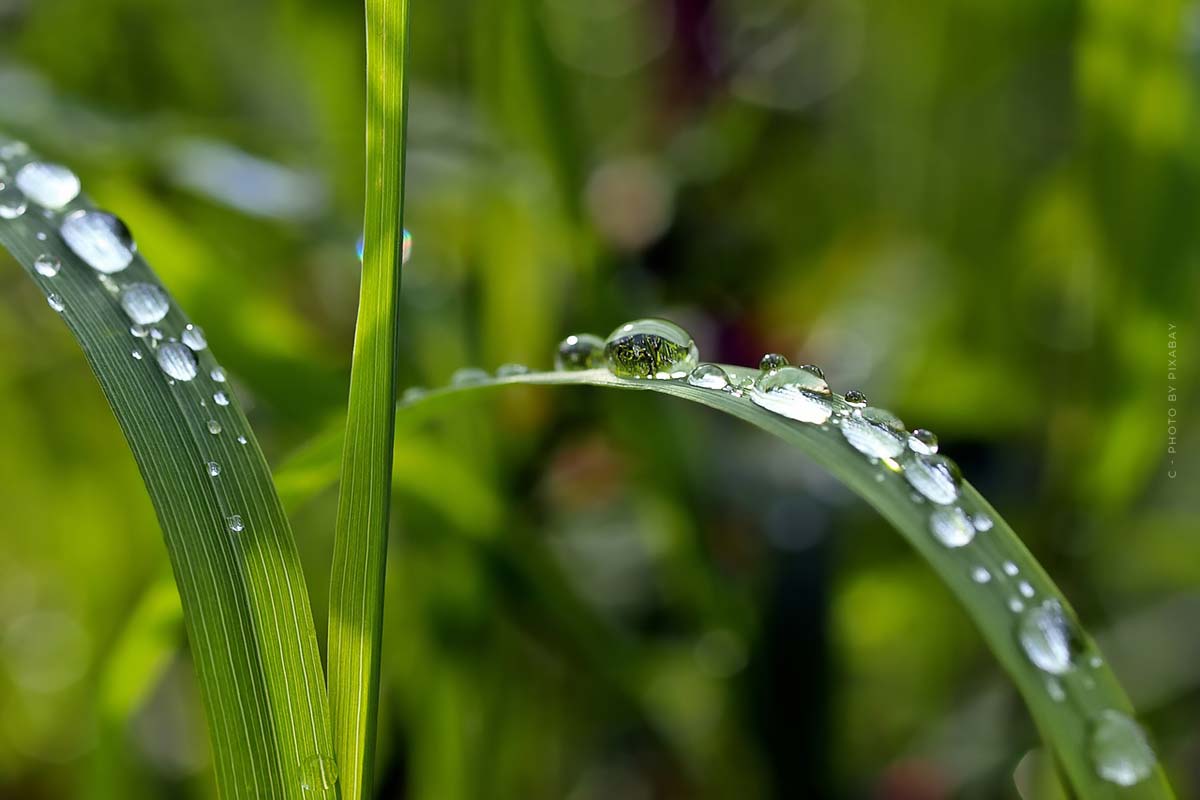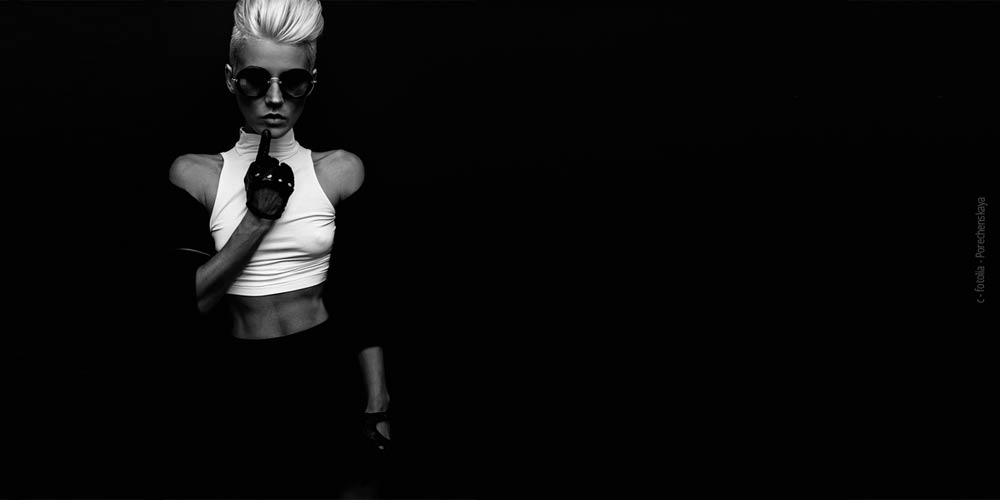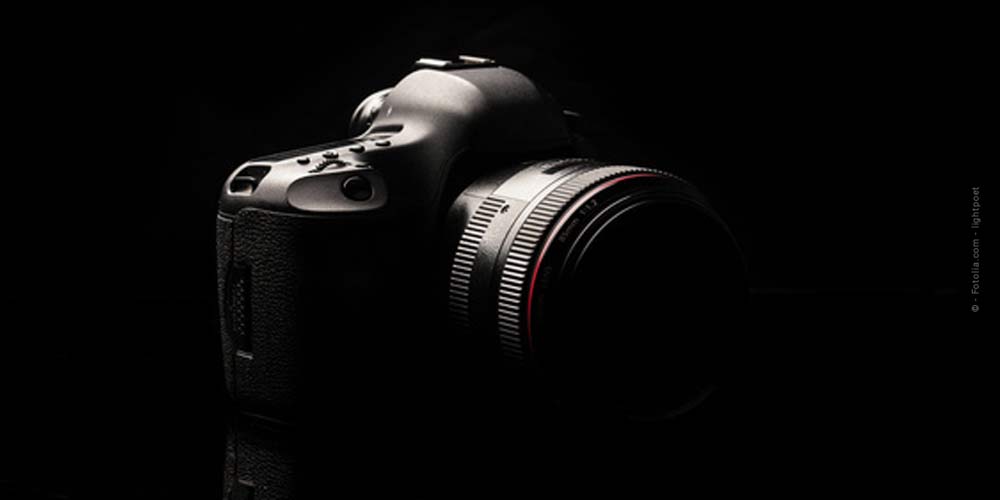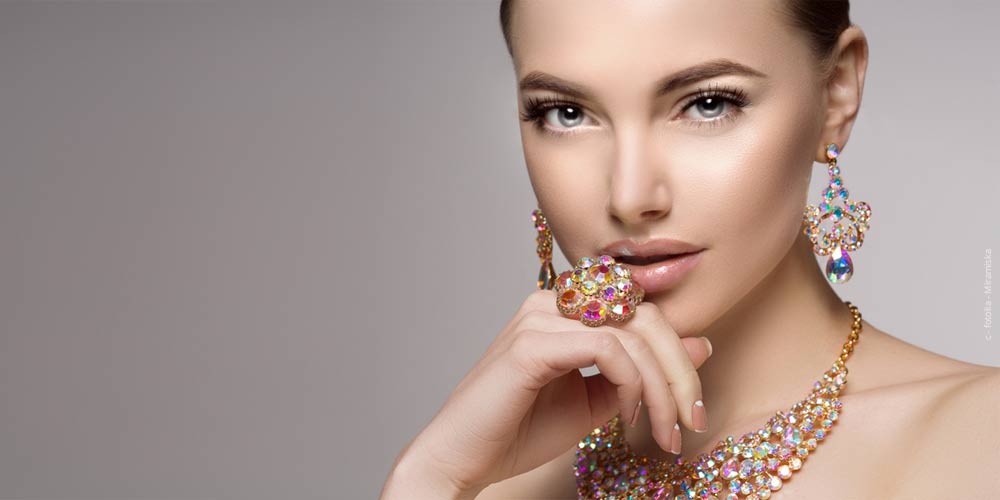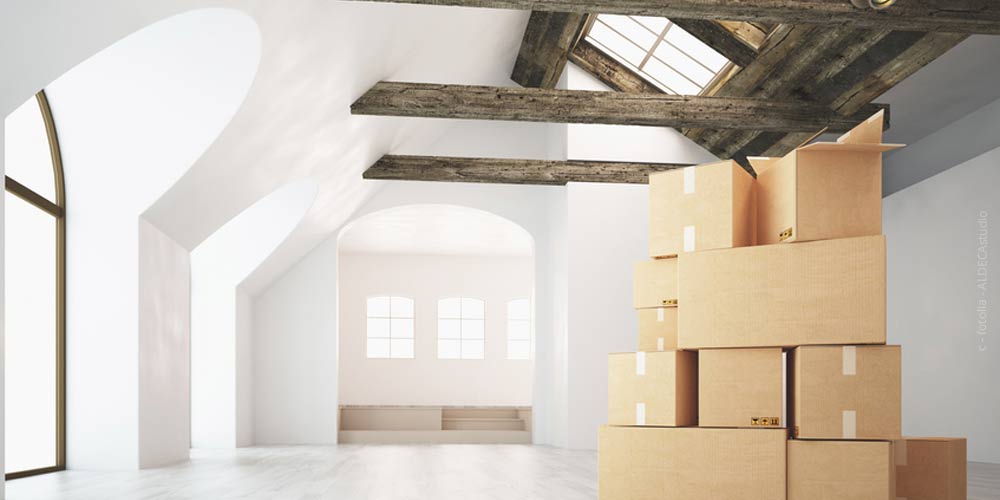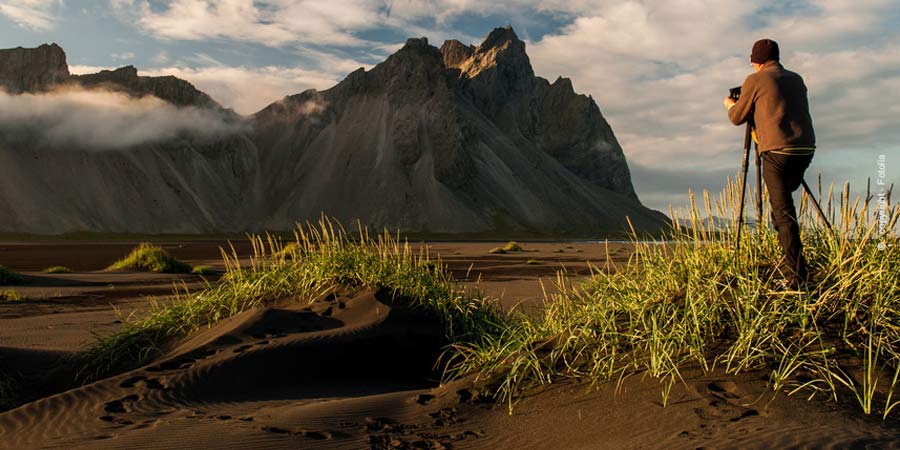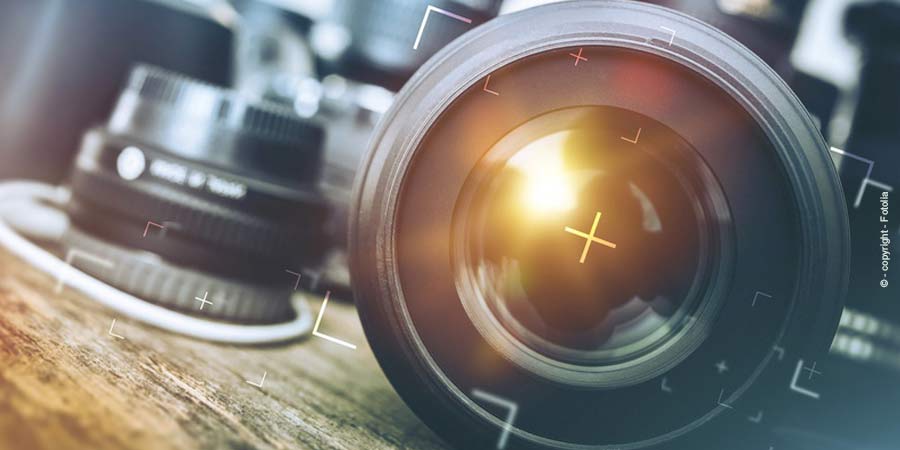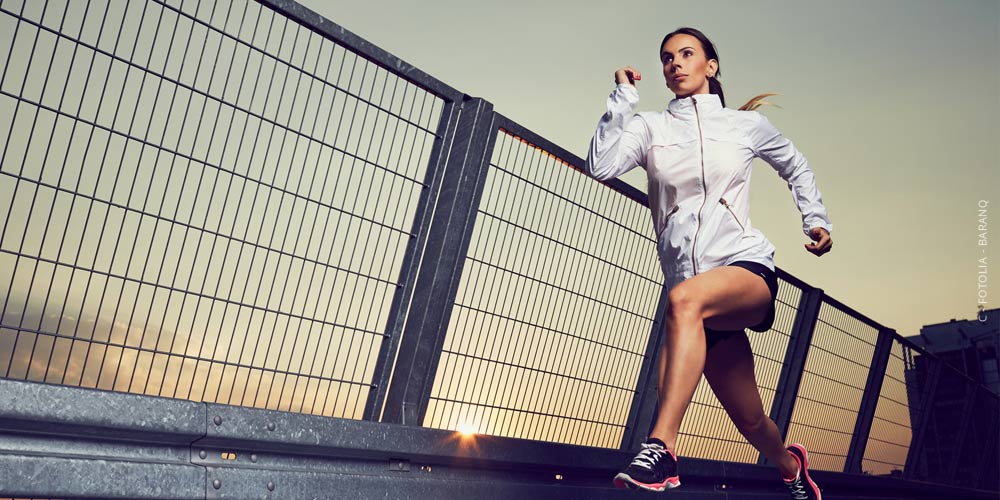Camera setting: How does the white balance work on the camera?
The white balance on the camera adjusts the colors of a shot to match the current lighting conditions at the time the shot is taken. This adjustment can be done manually or automatically. The setting of the correct colour temperature is decisive for a good execution. In addition to presettings, the spatial lighting conditions in the vicinity of the camera are also important.
With the right color temperature to the optimal image: Manual white balance
Depending on the colour temperature, light is blue, white or red – with all the nuances of the light spectrum in between. During a photograph, however, it can happen that the digital camera distorts the colors due to its technically limited color experience. This avoids manual white balance before shooting a specific subject. Basically, digital cameras already offer rough presets for a cloudy environment, bright daylight or dusky ambient conditions. Nevertheless, without a white balance, unattractive results may occur.
White balance allows the camera to “tune in” to the current color temperature for a photo. In manual white balance, a white object is first photographed, such as a sheet of white paper or a completely white wall. Close to the camera lens, the sensor detects the brightness, and color casts on the next photo can be avoided. The white balance is even better with the help of a grey card. Important to know: A manual white balance must be performed before each new photo of a different subject in order to obtain unaltered results. Despite the time involved, white balance on the camera is preferable to post-processing on the PC. Objects photographed in this way simply appear more natural.
Semi- and fully automatic techniques for white balance on the camera
The auto white balance adjustment techniques provide basic options such as shadow or fluorescent light, cloud or tungsten light, daylight or darkness with flash auto. Especially photographers with little experience can achieve good results right from the start. By default, the camera finds its current color temperature more easily, and the photo colors are output as they appear when shooting, white as white, blue as blue, green as green, and so on.
From a technical and human point of view, a fully automatic white balance is more like a good guessing game. The camera searches for the brightest spot of an image section and suspects (technically speaking) the most natural color temperature in it. If no error-free result is achieved, the device assumes the color tone that comes closest to the actual white. But there is also a great potential for error here if, for example, very difficult lighting conditions prevail during a shot. For closed rooms, the error rate of an automatic white balance on the camera remains significantly lower. Because the more uniform the actual lighting conditions are, the more reliably the camera finds the current color temperature.
White balance on the camera prevents color errors during shooting. The semi- or fully automatic white balance is quick and easy, even for beginners. However, depending on the environment, it has a high error potential. Photographing with manual white balance is particularly natural. However, this takes considerably more time. If color errors remain on the image despite both methods, these can be corrected at least partially by a subsequent white balance on the PC.
